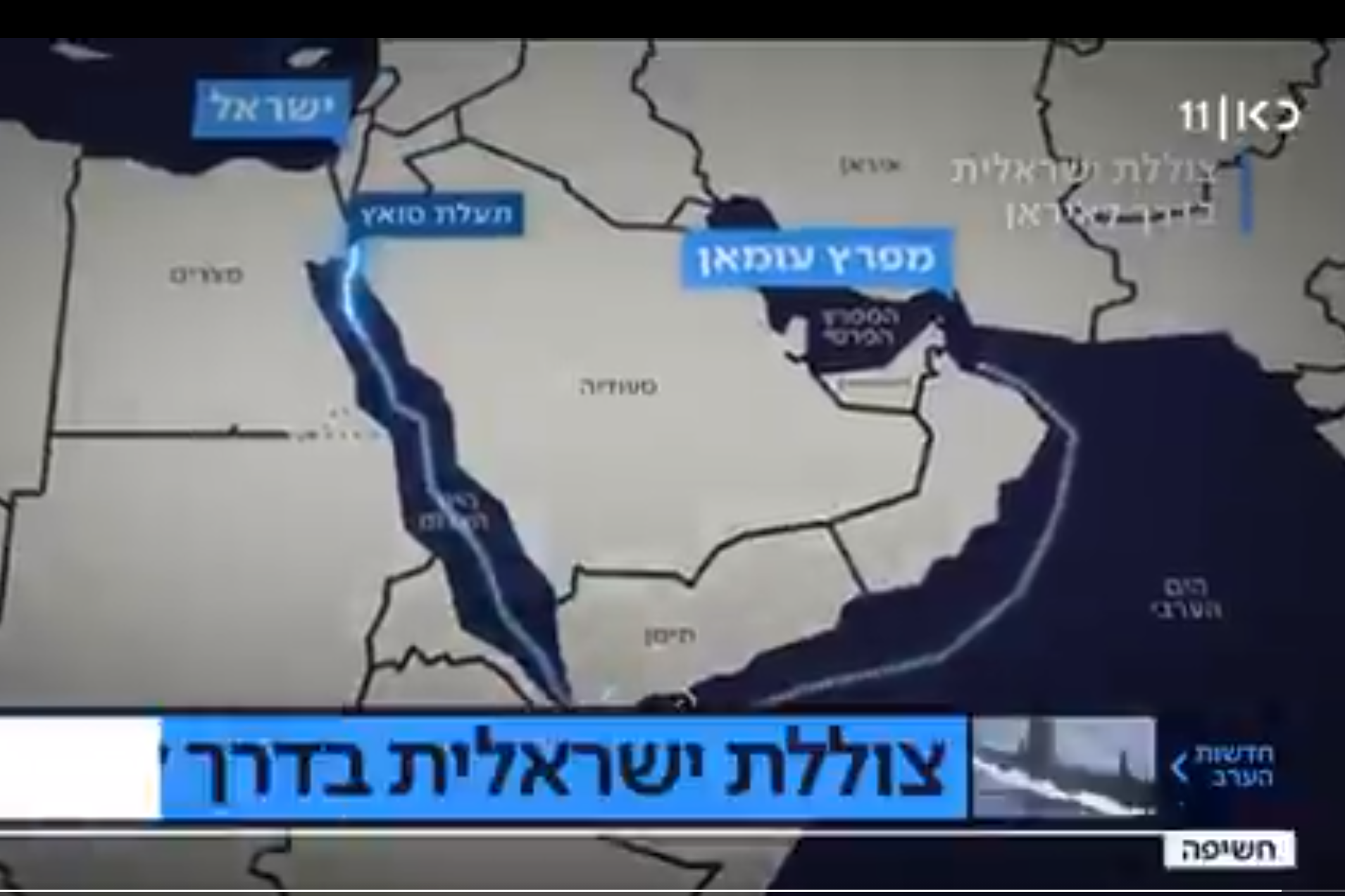
Citing Arab sources, Kan-News, part of the Israeli Public Broadcasting Corporation, reported the transit of an Israeli Navy submarine into the Red Sea on the evening of 21 December. According to the report, the submarine had already passed through the Suez Canal on Saturday, 19 December. The transfer is believed to be linked to the tense situation between Jerusalem and Tehran following the assassination of Iranian nuclear scientist Mohsen Fakhrizadeh on 27 November. According to Kann-News, Israeli Defence Force Chief of Staff Lieutenant General Aviv Kochavi addressed the tensions with Iran on 21 December and reiterated the determination to respond to any attempt to harm Israel or its citizens.
Israeli Submarine Details
Israel has six German-built submarines, three of the DOLPHIN 1-class boats (equivalent to an enlarged Type 209 design which were commissioned in 1999 and 2000) and three DOLPHIN 2-class boats built between 2012 and 2017; similar to the class 212A in service with the German Navy. A special feature of the six Israeli boats are the four 65 cm torpedo tubes in addition to the standard six tubes with a diameter of 53.3 cm. The larger tubes can be used for mines and the deployment of combat divers (possibly with light swimmer delivery vehicles) or cruise missiles.After the USA refused to export TOMAHAWK cruise missiles in the 1990s, Israel, according to American sources, developed its own alternative which has a range of more than 900 nautical miles (1666 kilometres). The country is also suspected of possessing nuclear weapons. Israel intends to replace the first batch of its DOLPHIN submarines after a corresponding agreement for the delivery of three boats from 2027 was reached with Berlin in October 2016.
The Iranian capital, like the Natanz nuclear facility, would be outside the (presumed) range of the Israeli cruise missiles if they were launched in the Mediterranean, the trajectory of which would also pass over Syria and Iraq, thus providing advance warning possibilities. On the other hand, a deployment from the Indian Ocean or even in the Persian Gulf requires a considerable degree of coordination with other forces, while the Suez Passage also removes any element of surprise (something which, however, can also be used as a deterrent element).
US Operations
Accompanied by the TICONDEROGA class cruisers USS PHILIPPINE SEA (CG 58) and USS PORT ROYAL (CG 73), the OHIO class submarine USS GEORGIA (SSGN – Cruise Missile Submarine in US Navy terminology) passed the Strait of Hormuz on 21 December. USS GEORGIA was commissioned in 1984 as a nuclear ballistic missile submarine and from 2005-2006 was reconfigured as a platform for 154 cruise missiles and special operations (accommodating up to 66 additional personnel/special forces). US Navy photos of the Hormuz transit show the surfaced USS GEORGIA with the easily recognisable special forces deployment module, the so-called ‘Dry Deck Shelter’.The first deployment of such a submarine to the Persian Gulf in eight years is attributed by American media to the missile attack on the US Embassy compound in Baghdad on 20 December. US Secretary of State Mike Pompeo: “These violent and corrupt criminals must stop their destabilising actions”.
Previously, after the assassination of the Iranian scientist, the carrier group around USS NIMITZ operated in the Persian Gulf. It is currently south of the Horn of Africa in the Indian Ocean.
Hans Uwe Mergener and Jürgen Hensel

Israeli Submarine in the Red Sea - European Security & Defence
An Israeli submarine was tracked moving to the Red Sea last month at a time of hightened tensions between Israel, the US and Iran.
 euro-sd.com
euro-sd.com


